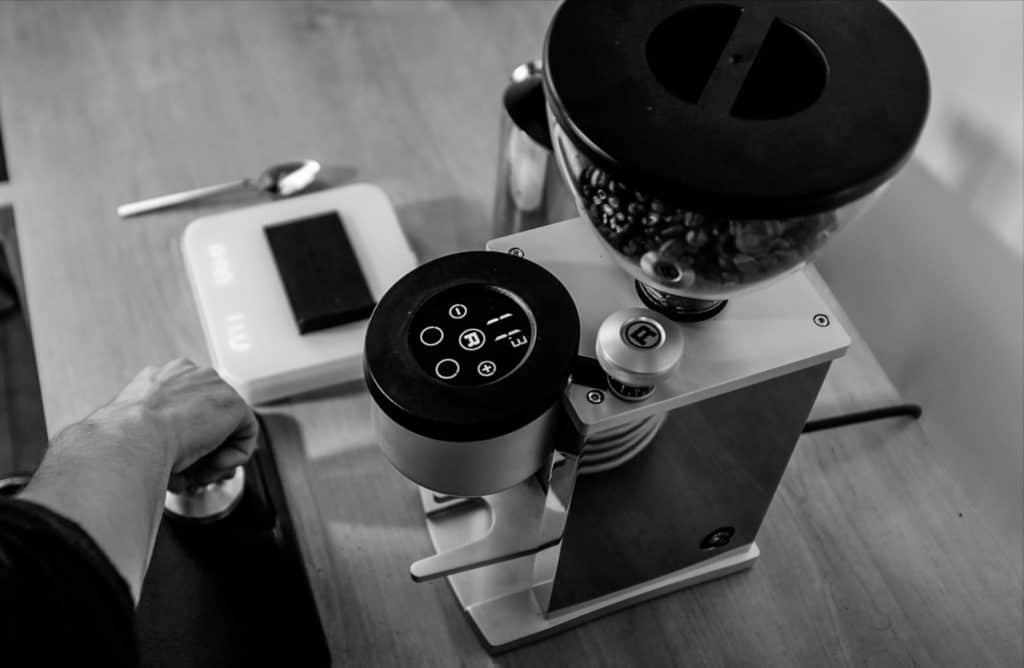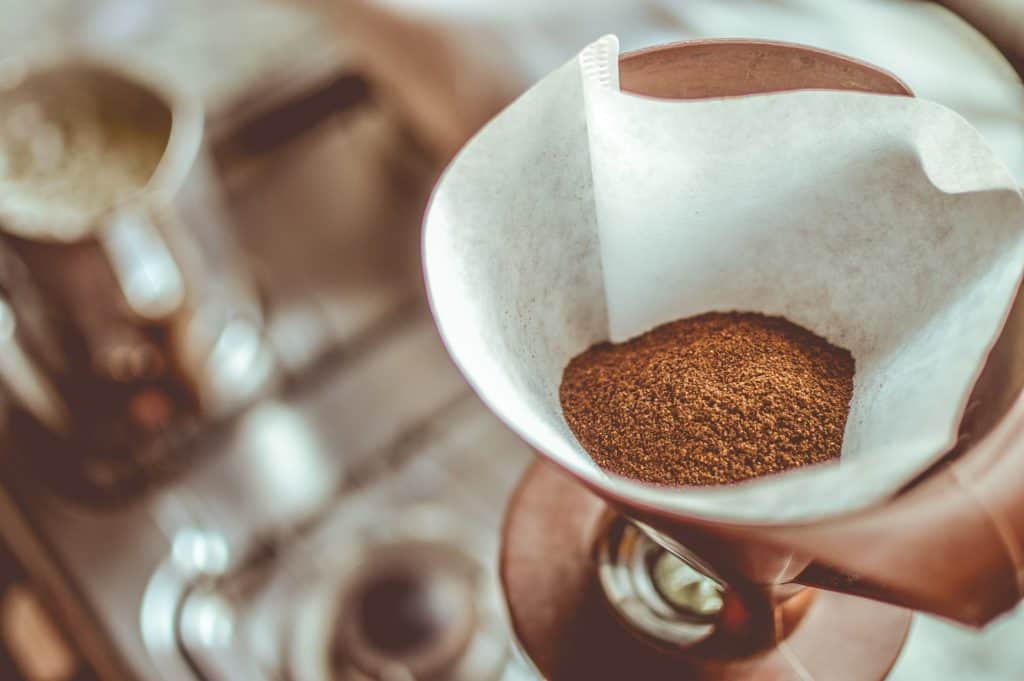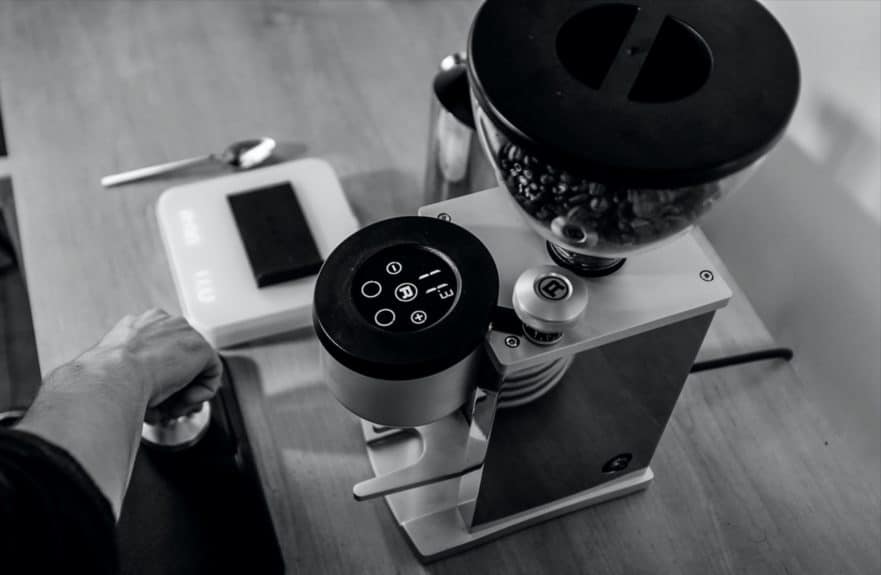
Whether you’re a budding barista or a coffee connoisseur, you probably already know the importance of a good coffee grinder. This essential tool is what determines how flavorful your coffee will be and is one if not the most important part of the coffee brewing process. However there are some key differences these 2 types of grinders.
The differences in Flat Grinders vs Conical Grinders are follows:
- The Build
- The Type of Brewing
- Noise
- Grind Distribution
- Ventilation
- Settings
During your search, you’ll come across a large variety of types and styles of coffee grinders, but two of the most commonly relied upon for consistently good tasting coffee are the burr and cone grinders. Lets discover more about their key differences so you can decide on the right one to purchase.
How Do Burr Grinders Work?
A burr grinder gets its name from the smooth, flat blade embedded inside. This is composed of tiny sharp edges that overlap each other. You can calibrate the device to open or close the blade to a certain degree. This regulates how finely the beans are chopped.
Once activated, these components will rapidly spin and cut the beans into fine particles as they fall through the center into a small storage container.
The Difference Between Flat and Conical Burr Grinders
The Build

Another key difference between these two is their composition. Burr grinders will have a circular chamber that the beans rest in. Many times, there’s a disk beneath it that can be turned to open or close its horizontal blade at a specific point depending on the ground size that you require. After you power the grinder on, the beans will slowly slide through the center and be cut up before they enter the lower container.
At first glance, conical grinders seem no different than burr ones, but if you investigate them closer, you’ll find that there is a significant contrast. While there are adaptable settings, the blades are inserted differently. Unlike the burr grinder, a conical grinder has its blades situated at a vertical angle. This unique position helps to evenly funnel the grounds through to the lower canister.
Type of Brewing
You’ll notice that these grinders often have their own specialties. Burr grinders make fine to coarse grounds. Due to this, they’re ideal to use if you prefer drinking pour overs or cold brews.
Because conical grinders crush the beans into extremely fine particles, they’re best for coffees that need slow extraction. These include Turkish coffee and espresso. You can also use them with siphons.
Noise Level
It’s important to check how loudly the grinder operates. While this might seem like a minor thing, it can play a huge role in how well the device works for you. If the utensil is revving up too much, it could end up being a nuisance to use.
Also, a noisy grinder indicates that the motor is running quickly. Speed is pivotal but if the grinder runs too much it could break. Because of this, examine the grinder’s decibel levels. If you prefer a quiet grinder, make sure it uses less than 50 decibels. In most cases, cone grinders tend to be a bit quieter than burr ones.
Grind Distribution
Unimodal distribution shows whether the grounds are sorted through in an even pattern. For many coffee styles, you need to ensure that the grounds are perfectly symmetrical. This guarantees that you get the best extraction possible.
Burr grinders are known for their unimodal distribution. This is because the blades run at a particular angle. The uniformity gives the drink a steady flavor.
Cone grinders use bimodal distribution so you’ll find small and large grounds mixed together. The tiny pieces act as a filter so as water seeps through them, they allow it to fully soak into the larger grounds. This gives the coffee a bold tang.
Ventilation
The faster the grinder’s motor moves, the more energy it will generate. This energy produces heat. If the device doesn’t have proper ventilation, the hot temperature could burn the motor and surrounding components. This also makes it a potential fire hazard.
Burr grinders tend to create more heat than conical ones because their blades require extra power. The latter doesn’t need as much energy so you’ll find they have better heat retention.
If you want to prevent overheating, check that the burr grinder has low revolutions per minute (RPM) such as 1,500. You’ll also want to verify that there are ventilation holes. If not, you might want to go for a conical one.
Settings
One of the most crucial aspects is the grinder’s settings. These are what allow you to adjust the taste and strength of your coffee.
If you want variety, conical grinders are what you should opt for. They’re equipped with more features and can be altered to distinct widths and heights. You’ll find similar details with burr grinders but they usually only give you one or two preset choices.
Final Thoughts
Overall, if you want consistency and vast brewing options, a burr grinder is probably ideal. However, they can be a bit pricey, loud, and don’t have the best heat distribution. On the other hand, conical grinders only have a few brewing styles but are more affordable and quieter. They can also give the coffee a stronger taste.
Burr and cone grinders vary in numerous ways, but they’re both designed to give you a delicious cup of coffee. If you’re not sure which is right for you, be sure to keep this information in mind. It will help guide you toward the perfect one for your coffee station.
To get an idea on what these types of coffee grinders cost, features and size you can check out these links to Amazon to get started:
List of Best Selling Burr Grinders on Amazon
List of Best Selling Conical Grinders on Amazon

